Collections in this Category
-
-20%
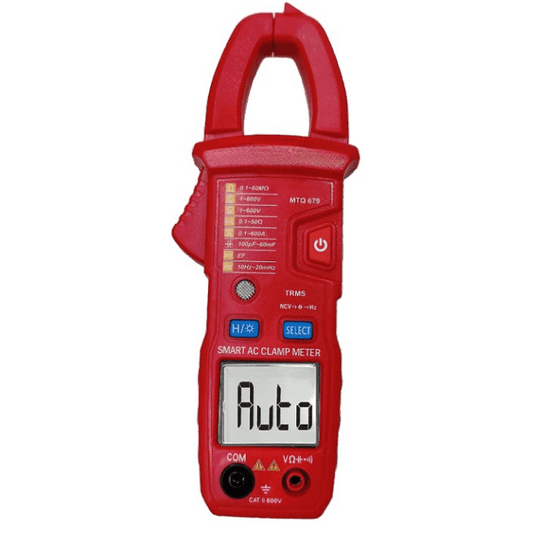
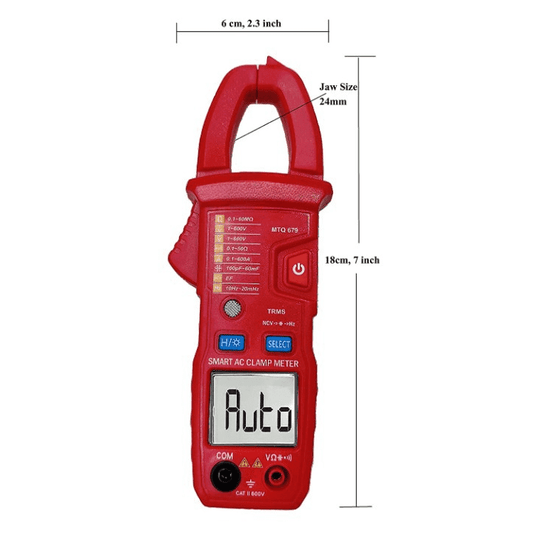
MetroQ MTQ 679 600A Auto Smart Clamp Meter
Regular price Rs. 1,200Regular priceUnit price perRs. 1,499Sale price Rs. 1,200Incl. GST (No Hidden Charges)Sale -
-33%
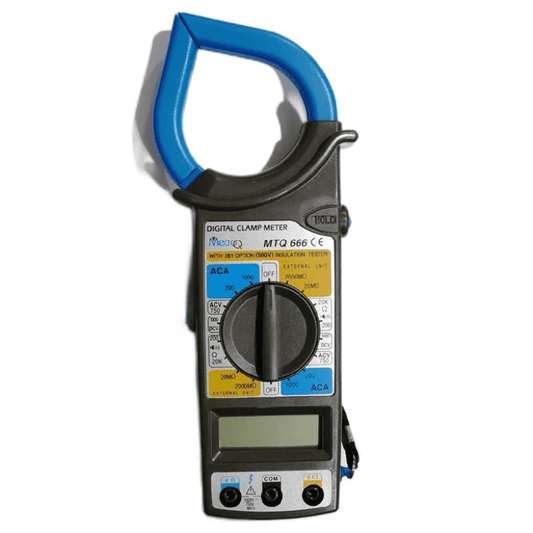
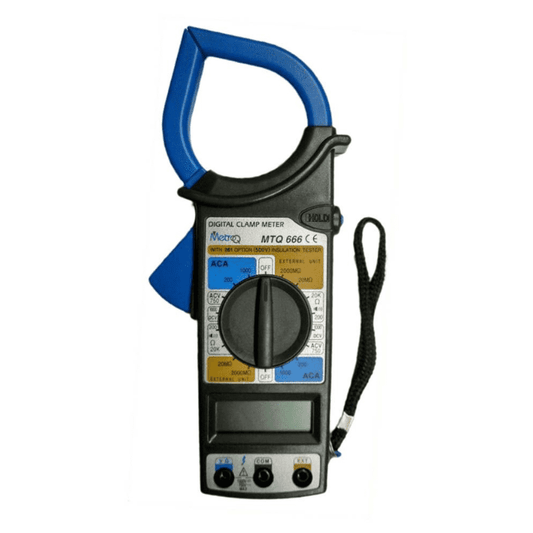
MetroQ MTQ 666 Digital AC Clamp Meter
Regular price Rs. 739Regular priceUnit price perRs. 1,099Sale price Rs. 739Incl. GST (No Hidden Charges)Sale -
-21%
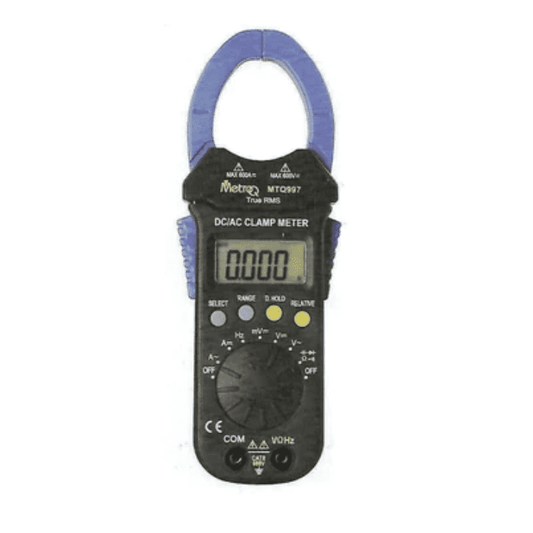
MetroQ MTQ 997 600A Digital Clamp Meter
Regular price Rs. 2,384Regular priceUnit price perRs. 2,999Sale price Rs. 2,384Incl. GST (No Hidden Charges)Sale -
-12%
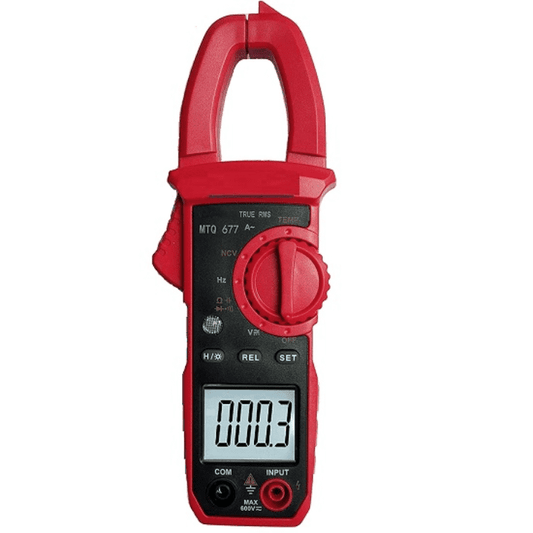
MetroQ MTQ 677 400A AC Clamp Meter
Regular price Rs. 999Regular priceUnit price perRs. 1,140Sale price Rs. 999Incl. GST (No Hidden Charges)Sale -
-13%
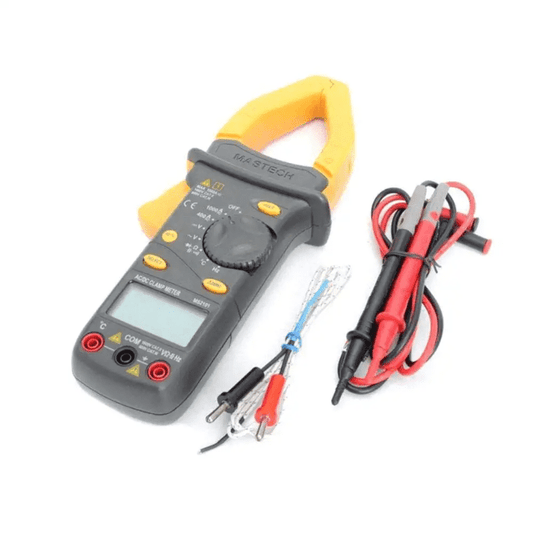
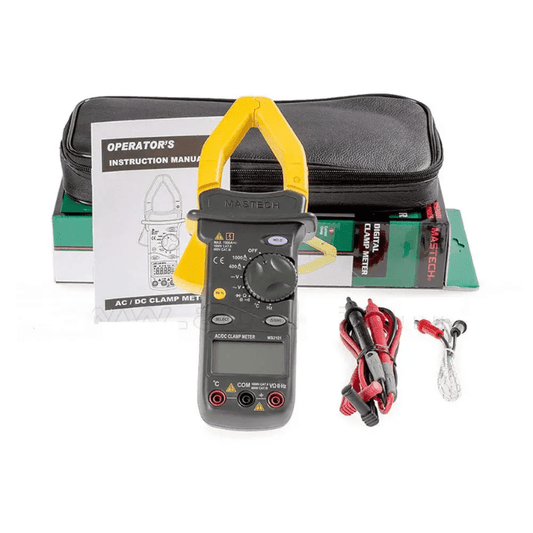
Mastech MS2101 Digital AC/DC Clamp Meter
Regular price Rs. 4,654Regular priceUnit price perRs. 5,350Sale price Rs. 4,654Incl. GST (No Hidden Charges)Sale -
-31%
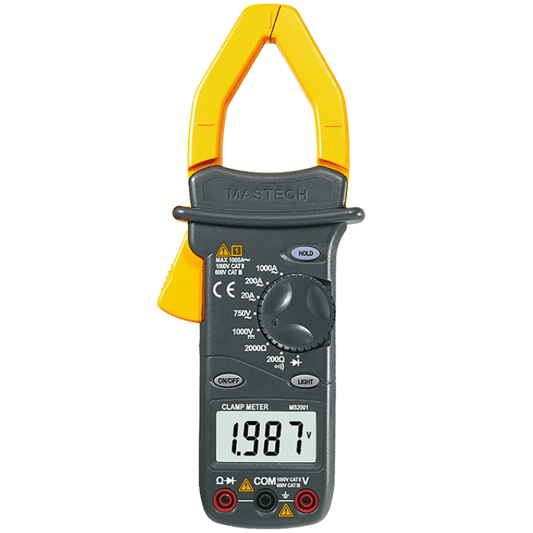
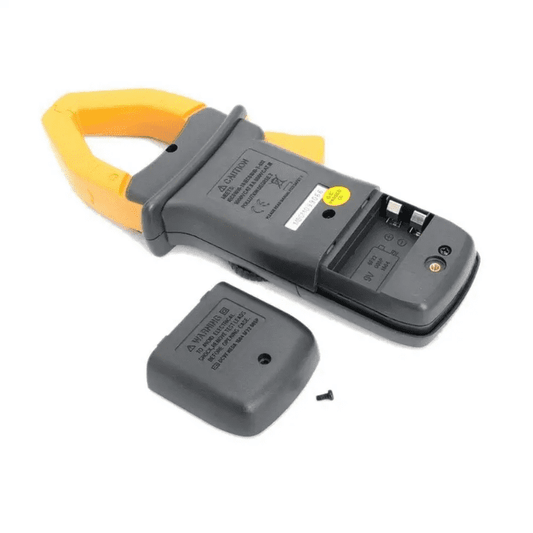
Mastech MS2001C AC Digital Clamp Meter
Regular price Rs. 2,883Regular priceUnit price perRs. 4,199Sale price Rs. 2,883Incl. GST (No Hidden Charges)Sale -
-22%

MetroQ MTQ 999 AC/DC Clamp Meter
Regular price Rs. 3,106Regular priceUnit price perRs. 3,999Sale price Rs. 3,106Incl. GST (No Hidden Charges)Sale
Buy Clamp Meter Online India
A clamp meter is a type of electrical test meter that can measure electrical current in a conductor without having to make physical contact with the wire. It consists of a pair of jaws that can be clamped around a conductor, through which the current is measured. Clamp meters are often used to measure current in electrical panels, motors, and other electrical equipment. They are especially useful in situations where it is not practical or safe to directly access the conductor, such as when it is enclosed in a conduit or when it is carrying a high voltage.
Clamp meters are typically handheld devices that are used to measure AC or DC current, as well as other electrical parameters such as voltage, resistance, and continuity. They are often used in conjunction with other test equipment, such as multimeters, to troubleshoot electrical problems or to perform preventive maintenance on electrical systems.
Some clamp meters also have the capability to measure frequency, phase angle, and other electrical quantities. Some advanced models even have built-in data logging and analysis capabilities, which can be useful for tracking electrical usage over time or for identifying patterns in electrical behavior.
Clamp meters are an essential tool for electricians, maintenance technicians, and other professionals who work with electrical systems. They are especially useful for measuring current in hard-to-reach or inaccessible areas, such as inside electrical panels or in tight spaces.
FAQs:
1.What is clamp meter used for?
- Clamp meters are used for a wide range of electrical testing and measurement applications. Some common uses for clamp meters include:
- Measuring current in electrical panels, motors, and other electrical equipment
- Troubleshooting electrical problems and identifying the cause of electrical issues
- Verifying proper operation of electrical systems and components
- Performing preventive maintenance on electrical systems
- Measuring electrical quantities such as voltage, resistance, and continuity
- Checking for ground faults and other electrical hazards
- Identifying electrical problems in hard-to-reach or inaccessible areas, such as inside electrical panels or in tight spaces
2.Is a clamp meter better than a multimeter?
- It depends on the specific application. Both clamp meters and multimeters are useful tools for measuring electrical quantities, but they have different strengths and capabilities. Multimeters are more versatile than clamp meters because they can measure a wide range of electrical quantities, including voltage, current, resistance, and continuity. They are also more portable and less expensive than clamp meters. However, multimeters require physical contact with the conductor being measured, which can be inconvenient or even dangerous in certain situations. Clamp meters, on the other hand, are designed specifically to measure current without making physical contact with the conductor. They are especially useful for measuring current in hard-to-reach or inaccessible areas, such as inside electrical panels or in tight spaces. However, they are generally less accurate than multimeters and are less capable of measuring other electrical quantities.
3.What are the two types of clamp meter?
- There are two main types of clamp meters: analog clamp meters and digital clamp meters.
- Analog clamp meters have a mechanical movement, similar to an analog multimeter, that indicates the magnitude of the electrical quantity being measured. They are generally less accurate and less expensive than digital clamp meters, but they may be preferred by some users for their simplicity and ease of use.
- Digital clamp meters use an electronic display to show the measurement results, typically in numeric form. They are generally more accurate and more expensive than analog clamp meters, and they often have additional features and capabilities such as data logging and analysis, automatic range selection, and automatic power-off.
4.What is clamp meter and working principle?
- A clamp meter is a type of electrical test meter that is used to measure electrical current in a conductor without making physical contact with the wire. It consists of a pair of jaws that can be clamped around the conductor, through which the current is measured. The basic working principle of a clamp meter is based on the fact that an electrical current flowing through a conductor produces a magnetic field around the conductor. The clamp meter uses this magnetic field to measure the current flowing through the conductor. Inside the clamp meter, there is a coil of wire known as a transformer, which is surrounded by a core of magnetic material. When the clamp meter jaws are clamped around the conductor, the magnetic field produced by the current flowing through the conductor affects the transformer, inducing a voltage in the coil. This induced voltage is proportional to the magnitude of the current flowing through the conductor.
5.What is the difference between an electrical tester and a clamp meter?
- An electrical tester is a device that is used to test electrical systems and components for proper operation and to identify electrical problems. An electrical tester can take many different forms, such as a multimeter, a continuity tester, or a voltage tester. A clamp meter, on the other hand, is a specific type of electrical tester that is designed specifically to measure electrical current in a conductor without making physical contact with the wire. It consists of a pair of jaws that can be clamped around the conductor, through which the current is measured.
6.How many amps can a clamp meter handle?
- The maximum current that a clamp meter can handle depends on the specific model and its design. Some clamp meters are designed to handle very high currents, while others are limited to lower current ranges. As a general rule, clamp meters are rated for a maximum current that is based on the size of the jaws and the material used in their construction. The larger the jaws and the more conductive the material, the higher the maximum current that the clamp meter can handle. Most clamp meters are rated for a maximum current of between 200 and 1000 amps, although there are models available that can handle even higher currents. It is important to choose a clamp meter that is suitable for the current range that you need to measure, as using a clamp meter that is not rated for the current level can damage the meter or even pose a safety hazard.
Popular Searches
Raspberry Pi | M5Stack | Development Boards | DIY Kits | 3D Printers/Pens | Arduino | Sensors | Drone Parts | Motors & Mechanical | Display Module | Batteries & Power Supply | Measuring Tools & Instruments | Cables & Connectors | Prototyping Boards | IOT & Wireless
- Choosing a selection results in a full page refresh.
- Opens in a new window.












